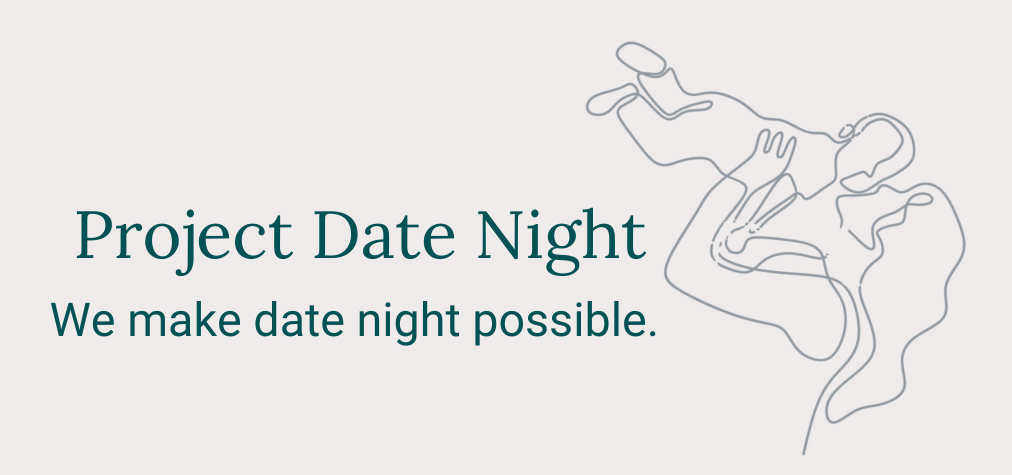Crib safety is not something that is not discussed enough, whether at the doctor’s office or in childbirth classes. Misconceptions that are often inherited from generation to generation, do not help either. As a result, you might end up with a crib full of ( gifted) blankets, pillows, and stuffies for your new baby. The problem with all those cutesy and oh-so-sweet baby blankies, stuffies, and crib bumpers – none of those things belong in the crib with your baby!
In the past 20 years, I’ve been working with many families. I’ve seen countless versions of kids’ cribs – some very elaborate, and super expensive, and some very simple and affordable. Regardless of how expensive or how new your crib is, you should always keep the crib free of things that don’t belong there.
Luckily, safety guidelines have changed regarding how the cribs are made, as some of the older models were definitely not safe. Whenever you are ready to choose a crib for your child – whether it’s a new one or a used one – make sure you check the crib for safety by following the below guidelines.
1. Cribs with wooden construction, look for:
- A firm, tight-fitting mattress so a baby cannot get trapped between the mattress and the crib.
- No missing, loose, broken, or improperly installed screws, brackets, or other hardware on the crib or mattress support.
- No more than 2 3/8 inches (about the width of a soda can) between crib slats so a baby’s body cannot fit through the slats; no missing or cracked slats.
- No corner posts over 1/16th inch high so a baby’s clothing cannot catch.
- No cutouts in the headboard or footboard, so a baby’s head cannot get trapped.
Cribs that are incorrectly assembled, have missing, loose or broken hardware or broken slats can result in entrapment or suffocation deaths. Infants can become strangled when their heads and neck become entrapped in gaps created by missing, loose or broken hardware or broken slats
2. Mesh-sided cribs or playpens, look for:
- Mesh less than 1/4 inch in size, smaller than the tiny buttons on a baby’s clothing.
- Mesh with no tears, holes or loose threads that could entangle a baby.
- Mesh securely attached to the top rail and floor plate.
- Top rail cover with no tears or holes.
- If staples are used, they are not missing, loose or exposed.
Now that the crib is assembled and you are ready to put your child in it, make sure you do not put pillows, quilts, comforters, sheepskins, pillow-like bumper pads, or pillow-like stuffed toys in the crib.
 All your baby needs in the crib is a tight-fitting mattress with a fitted bottom sheet that is specifically made for crib use. Cotton is preferred as it is breathable. ( Having polyester sheets is like sleeping on a plastic shopping bag – in my opinion.)
All your baby needs in the crib is a tight-fitting mattress with a fitted bottom sheet that is specifically made for crib use. Cotton is preferred as it is breathable. ( Having polyester sheets is like sleeping on a plastic shopping bag – in my opinion.)
Place the baby on his/her back in a crib. Use rather swaddles or sleepsacks than blankets, to keep your baby warm at night.
If you do use a blanket, place the baby with feet towards the foot of the crib. Tuck a thin blanket around the crib mattress, covering the baby only as high as his/her chest.
If you need help with getting your crib set up properly and safely – we are here for you and happy to lend a hand!
The above information is according to the United States CONSUMER PRODUCT SAFETY COMMISSION on crib safety.

